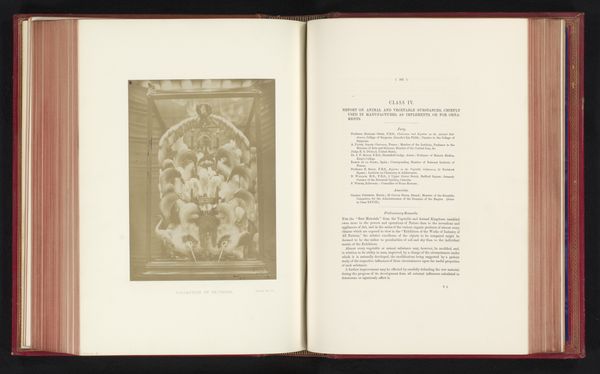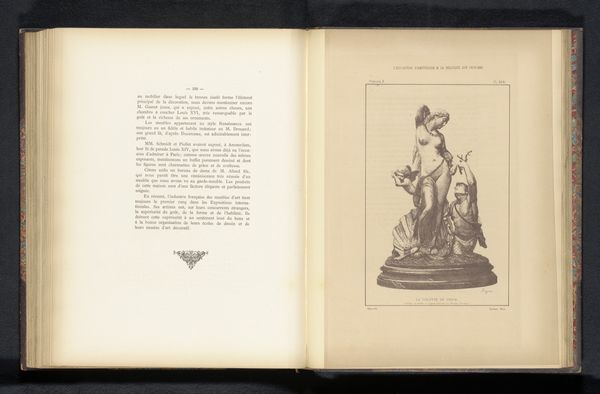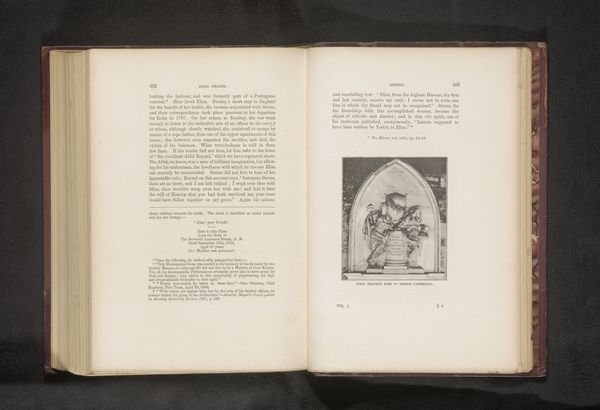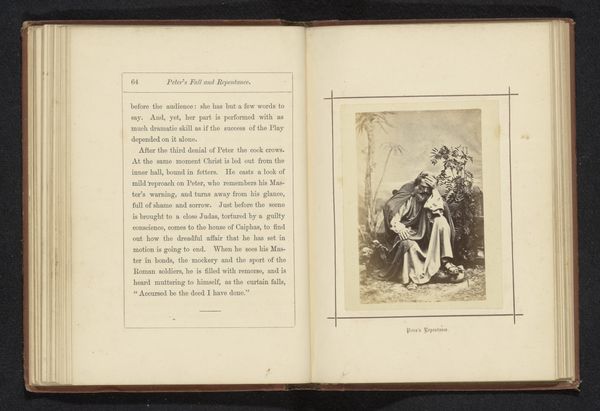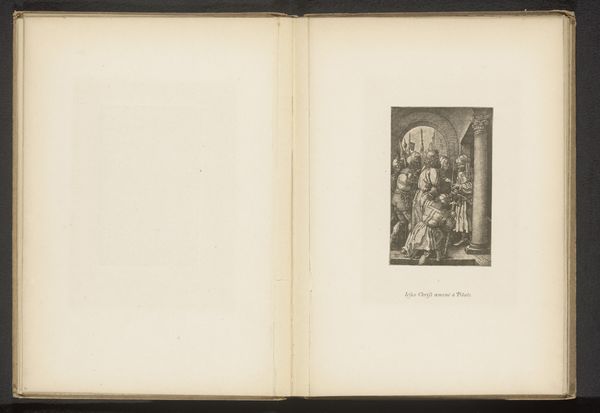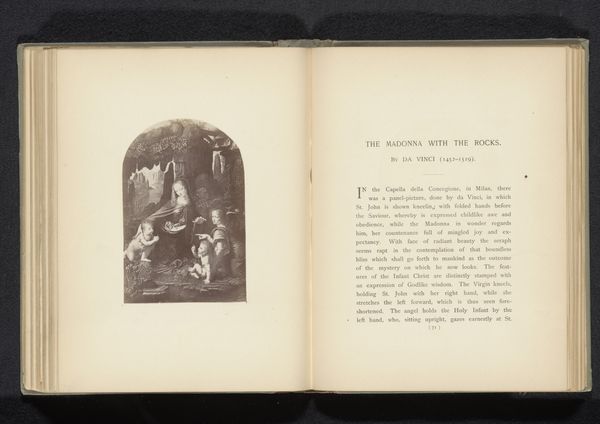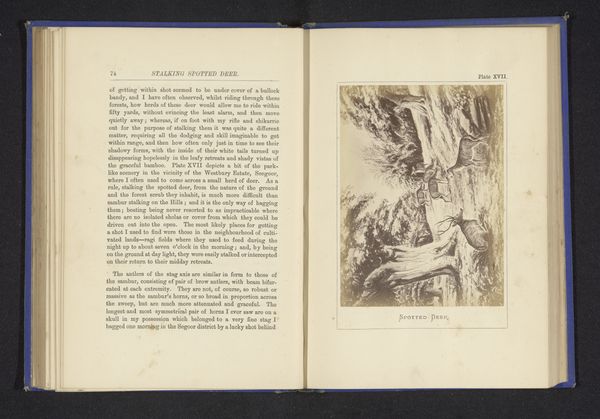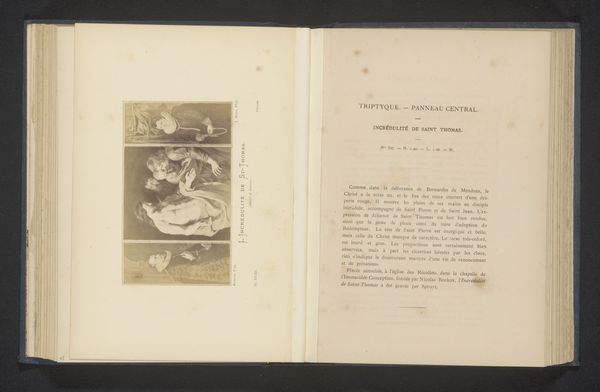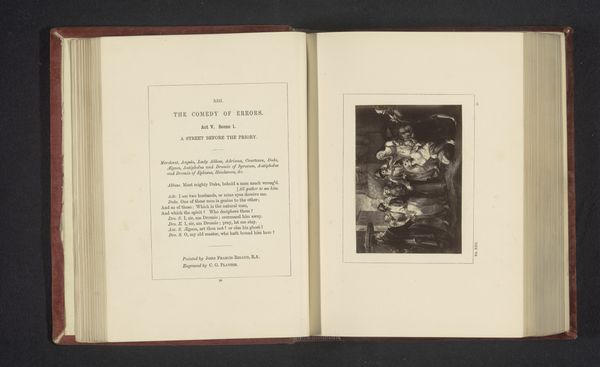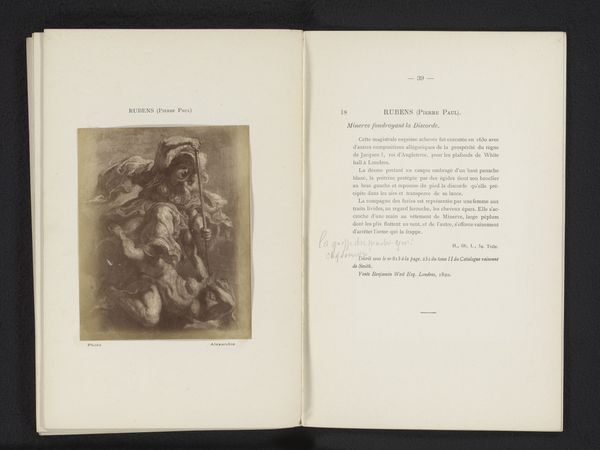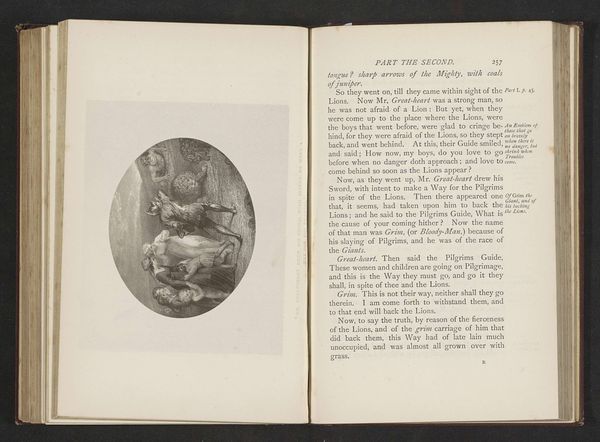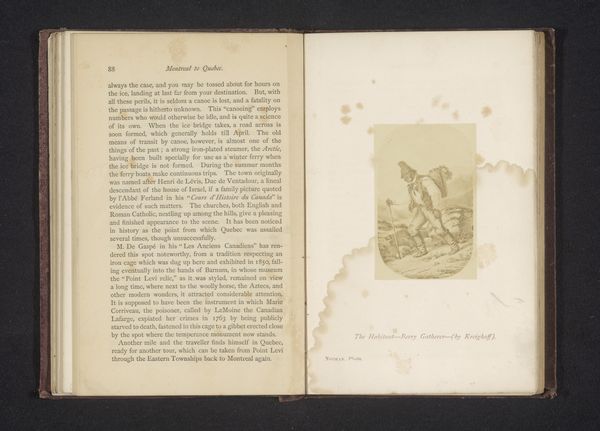
Reproductie van een tekening van een kussend paar door Costantino Barbella before 1885
0:00
0:00
Dimensions: height 165 mm, width 108 mm
Copyright: Rijks Museum: Open Domain
Editor: This print, before 1885, is a reproduction of a drawing by Costantino Barbella, showing a kissing couple. It feels quite intimate, yet somehow formal in its composition. What strikes you most about it? Curator: I'm immediately drawn to the engraving process itself. This wasn't just about depicting a romantic scene; it involved a skilled artisan meticulously transferring Barbella's drawing onto a plate. Think about the labor involved, the precise movements needed to create these delicate lines and shading. Editor: So you’re less interested in the *who* and *what* and more about the *how*? Curator: Precisely. The choice of engraving as a medium speaks volumes. It allows for mass production, making the artwork accessible to a wider audience, far beyond the elite who might own original drawings or paintings. This challenges traditional hierarchies in art, doesn't it? High art made more accessible through industrial methods. How does that impact the artwork’s status? Editor: That's a really interesting perspective. I hadn't thought about the social implications of the reproduction process. It makes me think about the role of printmaking in disseminating images and ideas. Curator: And the social context of the scene itself is important too. Romanticism was a strong influence, but what can we infer from the *setting* which seems vaguely theatrical and idealized? The kiss may speak to emotions, but the mode of production and the wider market shapes its reach and its *meaning.* Editor: So, you're suggesting the medium itself influences how we understand the artwork, and even its inherent value? I guess I’ve been trained to overemphasize the original artwork's aura, its preciousness. Curator: Exactly! Think about the material conditions of its creation and circulation. Now, when you look at it, what do you *see* differently? Editor: I’m seeing layers of labor and a tension between intimacy and mass production that I definitely didn’t appreciate initially. Thanks, that's a really useful angle to explore further!
Comments
No comments
Be the first to comment and join the conversation on the ultimate creative platform.
